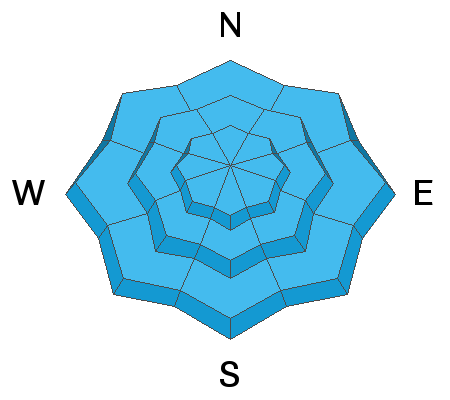The 2021 Spring Awareness Campaign is underway. Help us save lives through avalanche forecasts and education. Consider making a donation to show your support
HERE.
Wow, this is Wasatch I remember! - yesterday was one of those days where people come for a weekend and stay for a lifetime. The weekend's storm produced right-side-up powder on all aspects and elevations, and there were plenty of smiles for miles. The sun did come through the clouds yesterday for a brief period and warmed some aspects and elevations, producing a small zipper crust. I found this crust didn't ruin the riding as you sliced right through it. Other aspects stayed cold and dry.
This morning the skies are clear, and the temperatures hover in the single digits to low teens across the board. Winds are from the north and west and blowing 5-10 mph across the upper elevations. For today, we should see increasing clouds and more snow showers this afternoon. Currently, the clouds are entering northwest Utah and should arrive around 9:00 am this morning. Temperatures will remain cold (for March) and only climb into the upper 20's °F this afternoon at say 9,000'. Winds will eventually become more westerly and are not forecast to increase until this evening.
Rough snow totals below:
Provo Mountains: 6-12" snow (0.57 - 0.80" H20)
Little Cottonwood Canyon: 16-26" snow (1.40 - 2.02" H20)
Big Cottonwood Canyon: 16-22" snow (1.10 - 1.75 H20)
Park City Ridgeline: 7-15" snow (0.90 - 1.30 H20)









